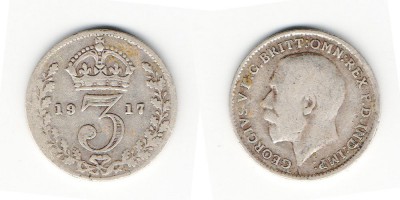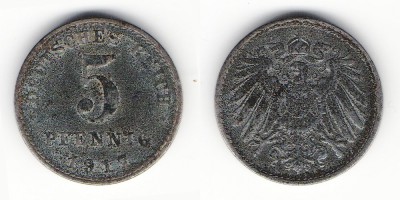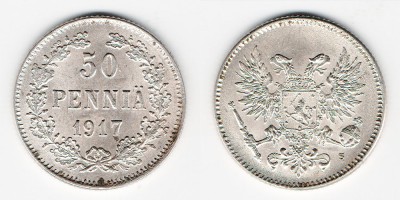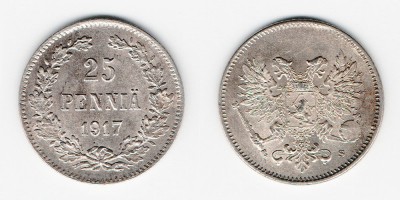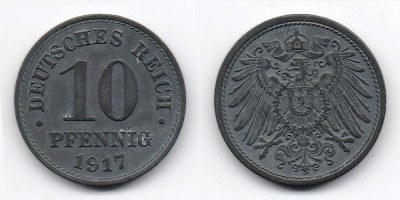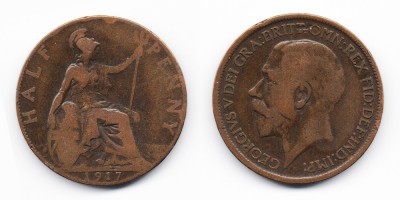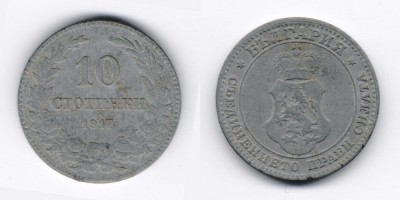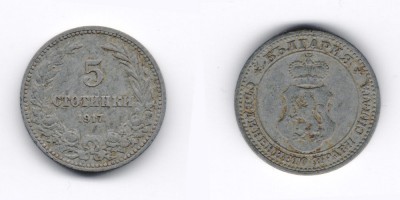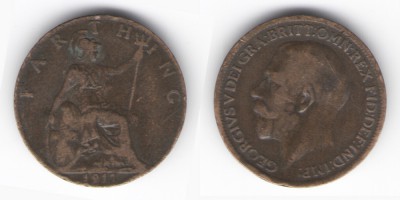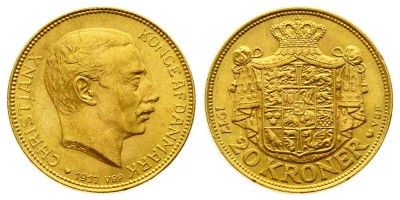In 1917 significantly affected the monetary system of the world. Perhaps the strongest changes took place in Russia, where at this moment there is revolution and the overthrow of the king. Of course, after this Royal coins ceased to be issued, and some instances of the latter years of the reign of steel are very expensive for coin collectors. For example, a copper coin 1917 very rare, and their production volume is unknown. The revolution also affected the release of a commemorative coin since 1917, their production stopped for several decades.
The overthrow of Nicholas II is reflected not only in Russian coins. This fact was noted by many mints, and in particular Finland. This year on Russian-Finnish coins of various denominations were placed coat of arms, which was previously located only in the silver instances. Now, however, he had removed the Imperial crown.
As for the Ukrainian coins, this year they were replaced by metallic bonds – a temporary alternative, which had limited application.
Also in 1917, was halted production of gold sovereigns of Britain. From now on they were only used for foreign trade and settlement.
In the Netherlands this year is associated with a large batch of coins valued at 10 guilders. It is the gold coinage, which today is not very much appreciated due to the prevalence.
1917 also affected the halt in the production of the West Indies Daler gold coins in the Danish West Indies. The reason for this was the sale of these lands to the United States. Since then, the Daler has been withdrawn from use and replaced by a dollar.
In Prussia this year marked the emergence of ersatz coins local coins of limited use. They were minted from different metals: steel, zinc and others.
 Russian
Russian English
English Deutsch
Deutsch Spanish
Spanish Português
Português


